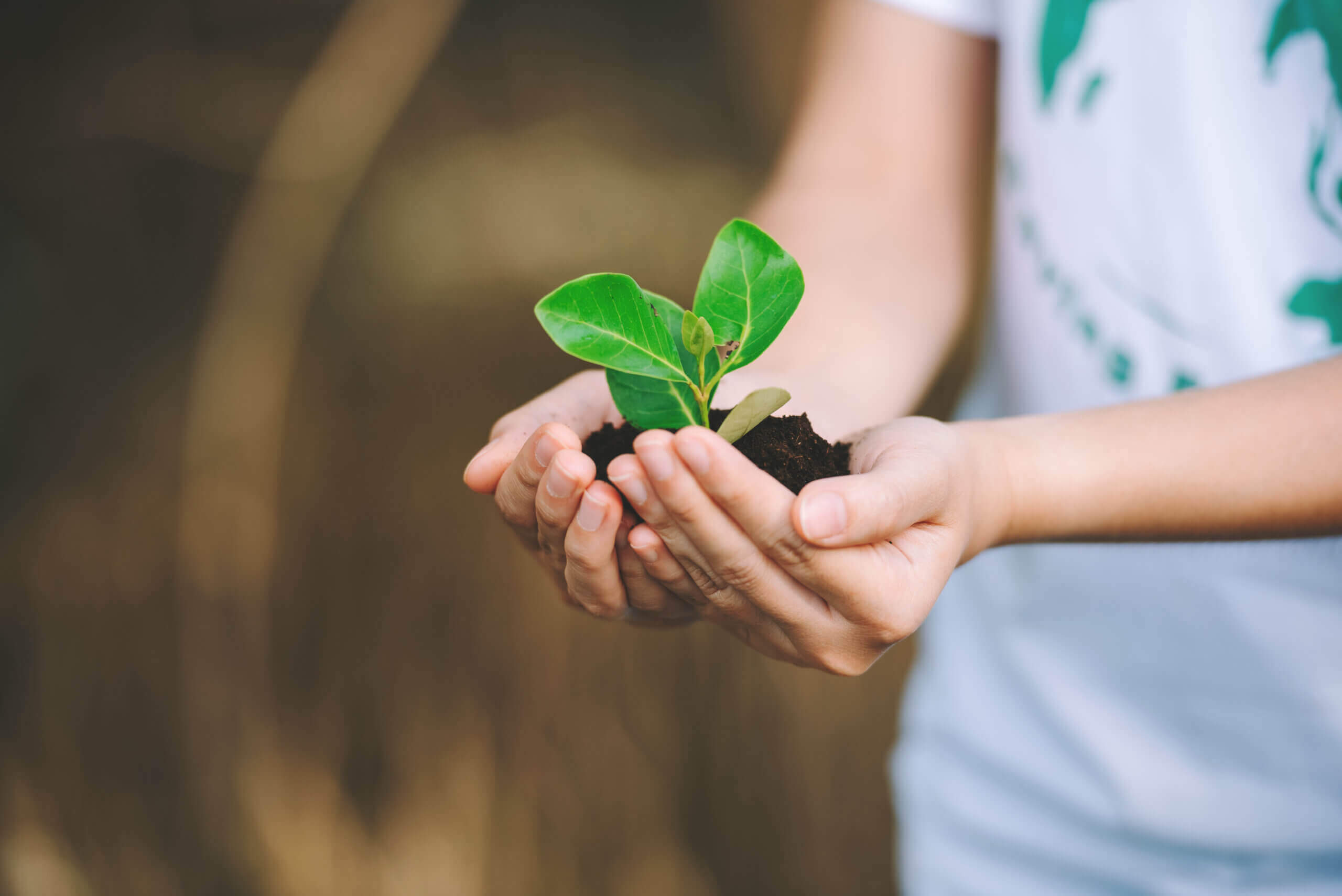Valentine’s Day is just a week away! Are you prepared?
Roses and chocolate, although they’re the traditional, go-to Valentine’s Day gifts, actually have quite a negative impact on the environment. Below, we outline the environmental issues associated with chocolate hearts and delivered flowers, but because we don’t want to set off any relationship issues/disasters, we’ve provided some eco-friendly alternatives to the timeless favorites.
Roses: Valentine’s Day falls during the coldest time of the year, so roses (a warmer weather flower) have to be flown in from the southern hemisphere. Once they make it to the U.S., these flowers are transported across the country in refrigerated trucks and then delivered to individual homes and offices via messenger services. All in all, the 100+ million roses that make this journey produce 9,000 metric tons of carbon dioxide emissions. While roses grown stateside (California produces domestic roses) are a better option, the methods used to grow and keep the roses cool are energy inefficient. Further, the roses grown in the USA must still be shipped to your state and will later have to be delivered via courier. As a general rule, the delivery of roses is an exercise in carbon creation which not only pollutes the atmosphere, but also serves to expand your personal carbon footprint.
The Alternative: Opt for more resilient flowers that don’t require refrigeration at such low temperatures and that are grown closer to home. Lilies and birds of paradise from the Caribbean can withstand warmer weather for longer periods. Another eco-friendly idea is an orchid plant that can live for weeks and months (i.e. it won’t end up in in the garbage after a few days), plus it will help clean the air of carbon dioxide and other toxins.
Chocolate: Most chocolate is still made using palm oil, and the cultivation of these palm trees leads to deforestation and the destruction of animal habitats. Most of the world’s cacao is also grown outside the USA, in remote locations in West Africa and Latin America. To make chocolate, the cacao beans must be shipped to the manufacturer for confection production. It is then packaged for sale. That heart-shaped box later ships out to retail locations near you. Add in the other ingredients (such as cane sugar, vanilla and milk) and you’ve got the equivalent of six ounces of CO2 that result from the production and making of one single chocolate bar.
The Alternative: If your heart’s set on gifting sweets, make sure you do your research regarding the products to buy. Look for chocolate brands that are made with organic ingredients, don’t contain chemical additives, have limited packaging, and include more than 35 percent cacao in the final product.
If you’ve already placed your order for two dozen roses and those specially crafted Swiss chocolates for your special someone, good for you for being ahead of the game and don’t worry! You can balance out the environmental damage and narrow your carbon footprint by purchasing carbon offsets. Carbon offsets support renewable energy projects that reduce greenhouse gas emissions and help slow climate change. Get more information and purchase your Terrapass carbon offsets today.
Even if you’re not celebrating this February 14, show your LOVE for the environment everyday by following the Terrapass Footprint Blog, where you’ll find more eco-friendly lifestyle tips and information. And don’t forget to follow us on Twitter and like us on Facebook, where we’re always sharing news and ideas for living in sustainable, green style.
Brought to you by terrapass.com







